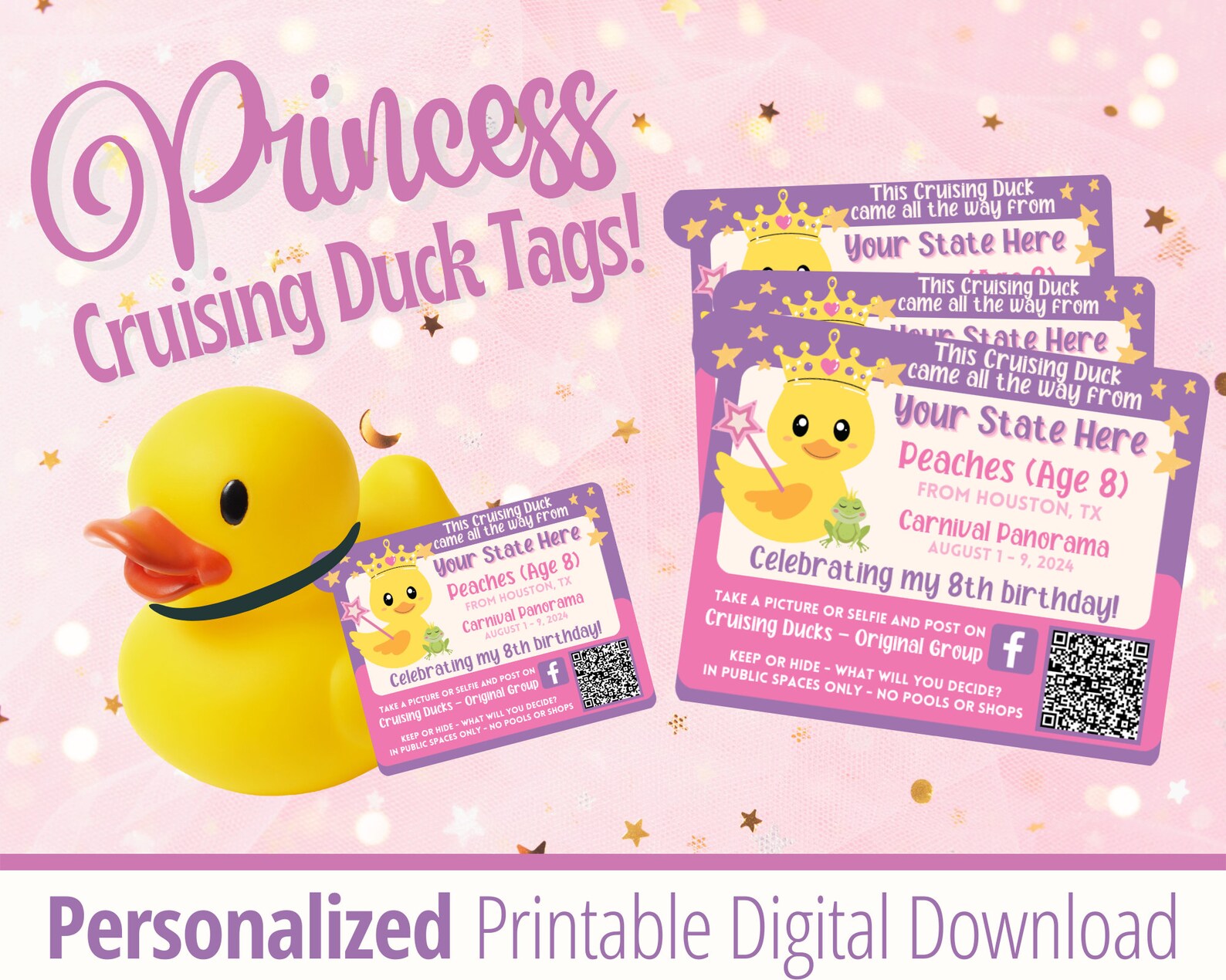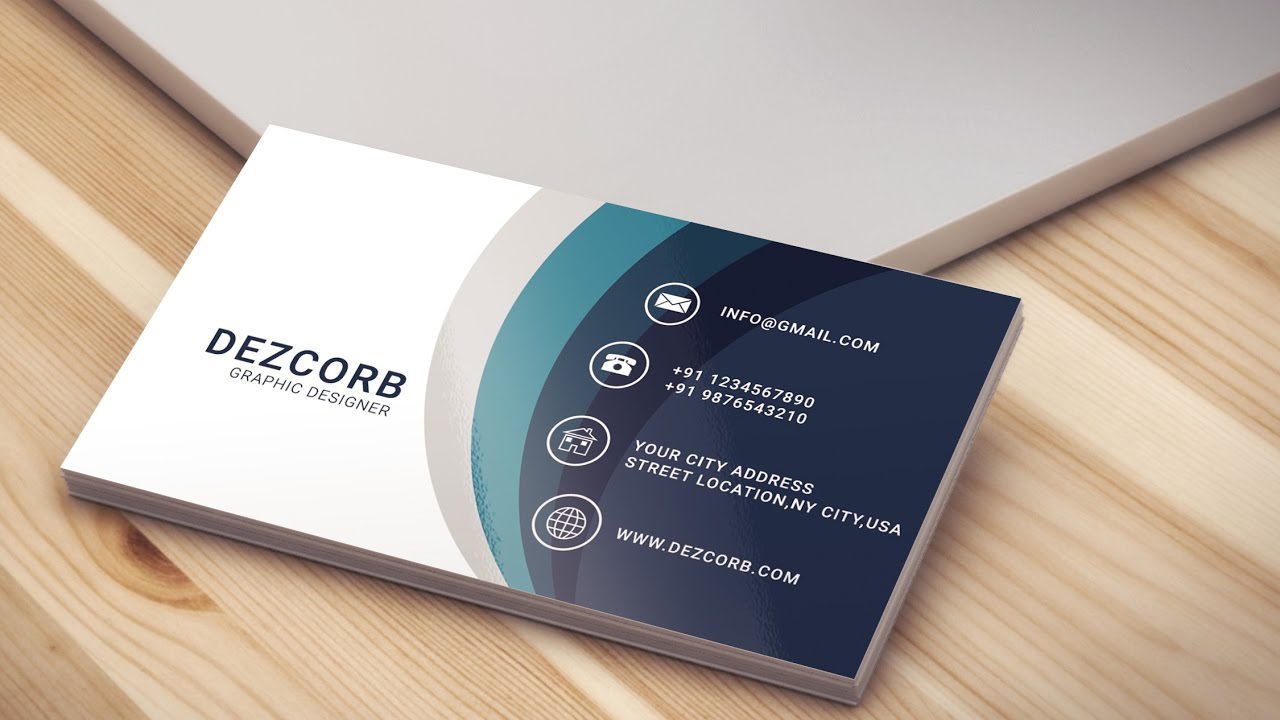Table Of Content
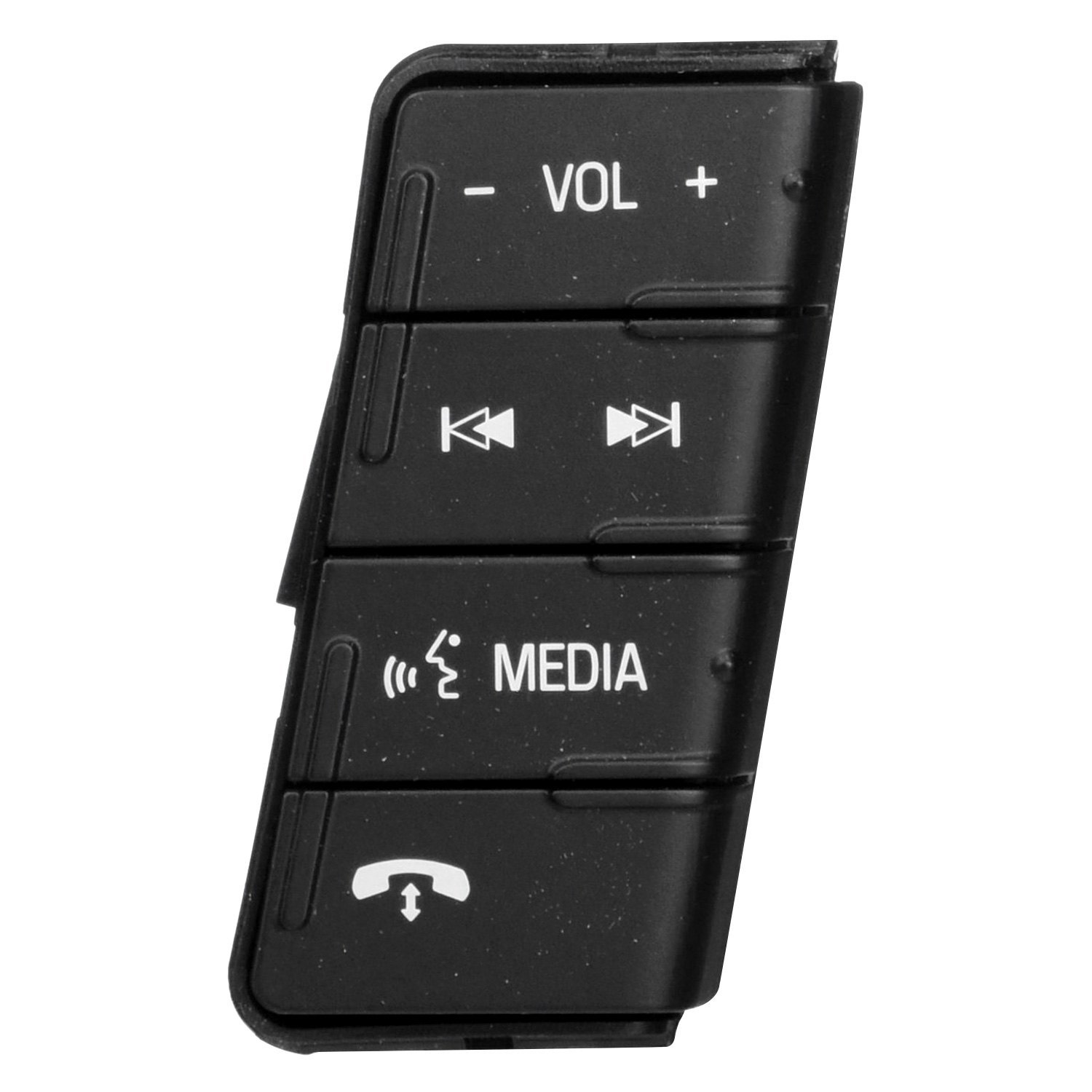
In the realm of modern vehicles, cruise control systems have evolved significantly, offering a range of functionalities tailored to enhance driving experience and safety. At its core, cruise control involves a series of sensors that monitor the vehicle's speed and a control unit that regulates the throttle. When the driver sets the cruise control to a specific speed, the system adjusts the throttle to maintain that speed.
Why Are My Brakes Making Noise?
The former can adjust how fast your vehicle is moving relative to any motorists ahead, thereby ensuring that you always maintain your selected distance from them. Braking capacity while the system is active differs, but typically, the driver will be alerted to brake heavily if necessary (if a driver ahead does the same for instance). Accelerate to your desired speed as you prepare to activate cruise control. Do not attempt to set cruise control when you are traveling over the speed limit. The driver must manually bring the vehicle up to speed and use a button to set the cruise control to the current speed. For a given position of the accelerator pedal, the engine will generate a certain amount of torque which will be applied to the wheels.
Wheel Alignment vs. Balance: What’s the Difference?
F1 Bahrain GP takeaways: Verstappen on cruise control, Ferrari makes a statement - The Athletic
F1 Bahrain GP takeaways: Verstappen on cruise control, Ferrari makes a statement.
Posted: Sat, 02 Mar 2024 08:00:00 GMT [source]
In older cars, having your cruise control engaged on a wet or icy road could allow the vehicle to accelerate or experience wheelspin when driven wheels encounter a low-traction surface. Here, the cruise control system maintains throttle pressure, even in situations where it should be released instead. With adaptive cruise control, the vehicle will also automatically slow down and speed up to maintain a safe position in traffic. The car also sports another set of eyes in the form of a standard camera that points through the windscreen. This also looks out for nearby hazards, such as pedestrians, cyclists and other motorists, whilst also reading road signs and detecting traffic lights. The bumper-mounted radar, which is already used in autonomous cruise control, looks out for vehicles in front of and behind the car.
Featured Articles
It can maintain a safe distance from the vehicle ahead, even in stop-and-go traffic. This type of cruise controle is designed to help drivers reduce stress and fatigue when driving in heavy traffic conditions. The system uses sensors and cameras to detect the distance and speed of the vehicle ahead. The system uses sensors and radar to detect the distance between the driver’s car and the vehicle ahead. If the vehicle ahead slows down or stops, the ACC system automatically applies the brakes to slow down or stop the car, maintaining a safe distance.
How Cruise Control Systems Work
For most drivers, using cruise control on the highway at 80 km/h can reduce fuel consumption by about 20 per cent. For drivers who find difficulty in maintaining a steady speed and frequently experience big fluctuations, using cruise control can cut fuel use by over 40 per cent. While cruising, even a highly competent driver who isn’t using cruise control will tend to slow down and speed up in a repeated cycle, possibly several times per minute. Though fluctuations in speed may be slight, they do cause your engine to use more fuel than required.
Cruise control safety tips
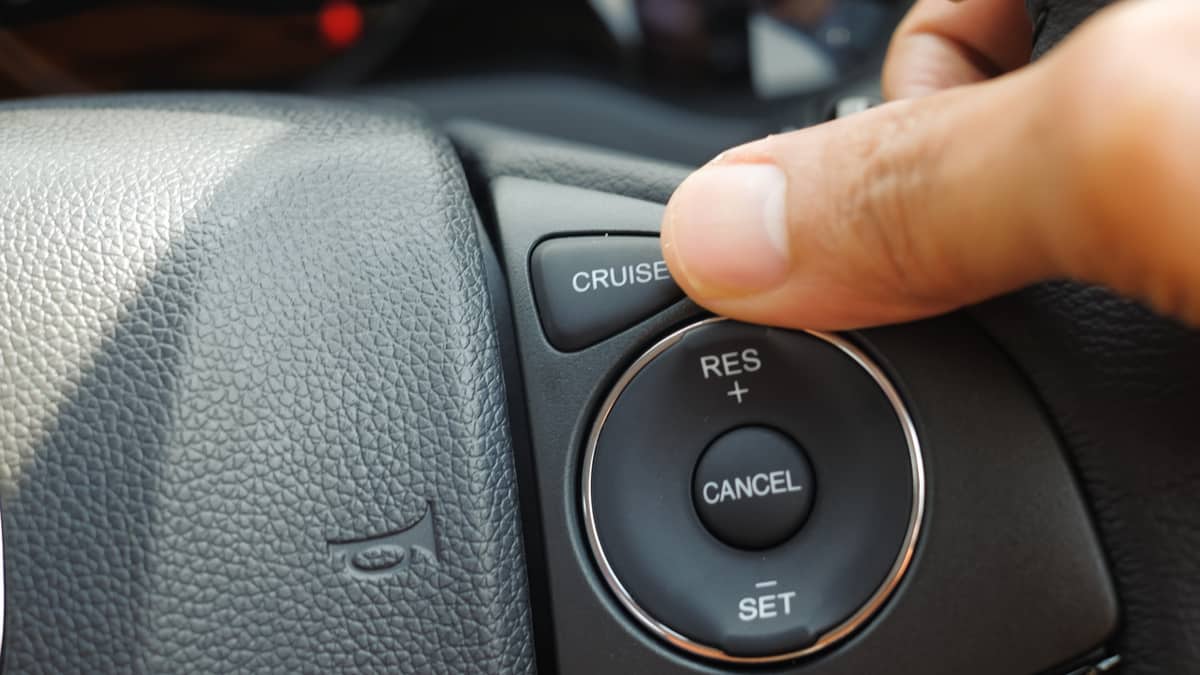
Cruise control is a feature allowing the driver to set a predetermined speed, which the system’s computer maintains until the driver adjusts the speed, taps the brake, or disengages the system. In other words, once set, the cruise control system automatically controls vehicle speed, relieving the driver of that responsibility. On the latest vehicles fitted with electronic throttle control, cruise control can be integrated into the vehicle's engine management system. Modern "adaptive" systems include the ability to automatically reduce speed when the distance to a car in front, or the speed limit, decreases.
Cost Effective Cars
To prepare (compensate) for the additional opposing force, at the beginning of the hill, the driver will press more the accelerator pedal which will increase the torque of the engine (input). This way the vehicle will keep constant speed throughout the hill. The cruise control system actually has a lot of functions other than controlling the speed of your car. For instance, the cruise control pictured below can accelerate or decelerate the car by 1 mph with the tap of a button. There are also several important safety features -- the cruise control will disengage as soon as you hit the brake pedal, and it won't engage at speeds less than 25 mph (40 kph). It can also help you do your part to maintain the steady and efficient flow of traffic.
The Fed Is on Cruise Control. I Hope We Make It to June. - Cox Automotive
The Fed Is on Cruise Control. I Hope We Make It to June..
Posted: Wed, 20 Mar 2024 07:00:00 GMT [source]
The adjustment is done by increasing or decreasing the traction force in such a way that the error is minimized (zero). As you can see the output vehicle speed is fed back to the difference block, which calculates the speed error (delta between setpoint and actual). The speed error is then fed as an input signal to the PID controller. The input of the system (plant) will be the combined action of the PID controller and the nominal 300 N traction force. We do this because we know that in order to have a constant vehicle speed of 55 kph we need a traction force of 300 N. The PID controller will only compensate for the deviations of the measured vehicles speed.
– Set cruise control
This comparison highlights the diversity in cruise control technologies, illustrating how each brand tailors its system to specific driving experiences and safety standards. With adaptive cruise control, problems can arise from blocked sensors or system malfunctions. Ensure that the sensors, often located in the front grille or under the mirrors, are clean and unobstructed. For system malfunctions, professional diagnostics are essential, as these systems involve advanced electronics and software. Overall, the future of cruise control technology holds promise for creating a more seamless and enjoyable driving experience, with a focus on safety, comfort, and sustainability. When carmakers pitched cruise control to the American public more than half a century ago, they framed it as a way to maintain a safe, consistent speed on the highway and a path to conserving fuel.
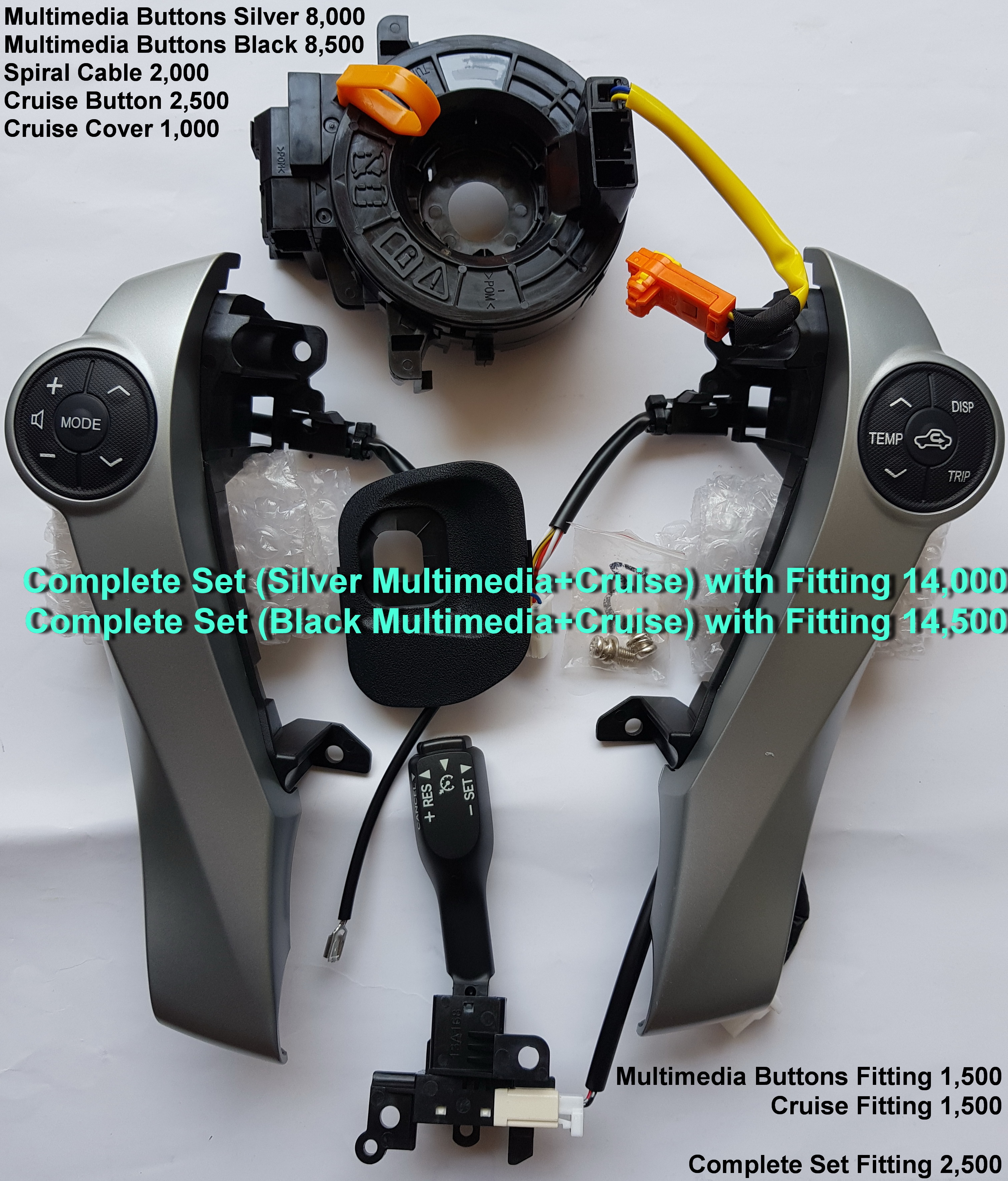
” mapfreinsurance.com/blog/how-does-cruise-control-in-cars-work (accessed July 11, 2023). Edit your picks to remove vehicles if you want to add different ones. Postmedia is committed to maintaining a lively but civil forum for discussion. You will receive an email if there is a reply to your comment, an update to a thread you follow or if a user you follow comments.
While it offers substantial automation, it still requires driver supervision and isn’t fully autonomous. This modern feature uses sensors and radar to maintain a safe distance from the vehicle ahead, adjusting speed automatically. One of the main advantages of using cruise control is improved fuel efficiency.
The driver can set the cruise control with the cruise switches, which usually consist of ON, OFF, RESUME, SET/ACCEL and COAST. These are commonly located on the steering wheel or on the windshield wiper or turn signal stalk. Tapping the knob in the opposite direction will decelerate the vehicle. As a safety feature, the cruise control system will disengage as soon as you hit the brake pedal. As autonomous vehicles become more sophisticated, cruise control technology is evolving to support higher levels of automation. For example, some autonomous vehicles are equipped with advanced cruise control systems that can navigate complex traffic scenarios, merge onto highways, and even change lanes autonomously.
The throttle valve controls the power and speed of the engine by limiting how much air the engine takes in (see How Fuel Injection Systems Work for more details). In other cars with a manual transmission, pressing the clutch pedal simply pauses the cruise control system a moment, allowing drivers to complete their gearshift. When they’ve released the clutch, the cruise control picks up where it left off — no additional button press required.
The throttle valve controls the power and speed of the engine by limiting how much air it takes in (since it’s an internal combustion engine). BMW offers the Driving Assistant Professional system, which includes features like adaptive cruise control with stop-and-go, lane-keeping assistant, and traffic jam assistant. It’s designed for convenience and safety, providing a balanced mix of automation and driver control. Ford’s Co-Pilot360 includes adaptive cruise control with stop-and-go and lane-centering. It’s less about hands-free driving and more about reducing driver fatigue and enhancing safety.
